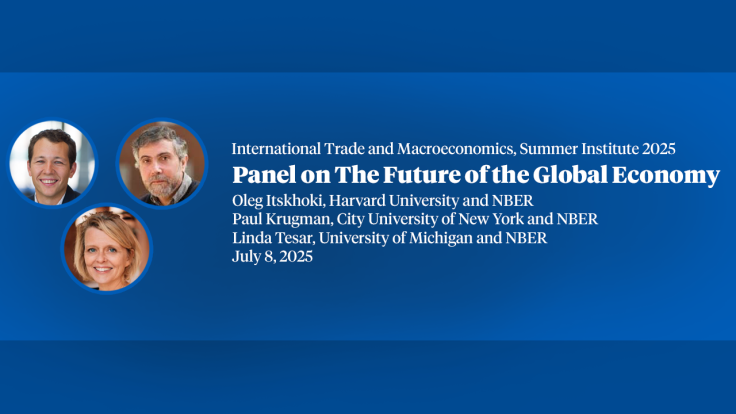The Efficiency and Equity Impacts of Risk Classification in Catastrophe Insurance
Insured losses from natural disasters are increasing, prompting insurers to adopt more sophisticated approaches to modeling and classifying natural catastrophe risk. We study the efficiency and equity implications of increasingly granular risk classification in homeowners’ insurance markets. Insurance pricing that reflects variation in assessed hazard exposure can strengthen incentives for cost-effective mitigation, but it also exposes households to classification risk. The distributional consequences of more granular pricing depend on the correlation between assessed risk and wealth. We evaluate these trade-offs empirically using data from California’s homeowners insurance market. Focusing on wildfire risk, we show that more granular pricing raises insurance costs substantially for properties in the tail of the hazard distribution and increases take-up of cost-effective risk mitigation investments. Because wildfire risk is negatively correlated with income, granular pricing shifts more insurance costs onto lower-income households. These results underscore a central tension in catastrophe insurance: improving risk pricing efficiency can have undesirable distributional consequences.
-
-
Copy CitationJudson Boomhower and Meredith Fowlie, Environmental and Energy Policy and the Economy, volume 7 (University of Chicago Press, 2025), https://www.nber.org/books-and-chapters/environmental-and-energy-policy-and-economy-volume-7/efficiency-and-equity-impacts-risk-classification-catastrophe-insurance.Download Citation


